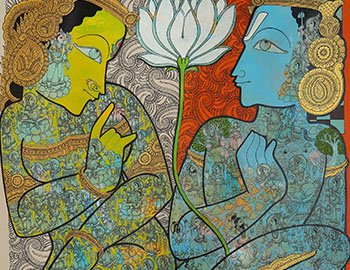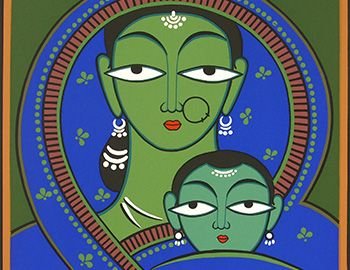Art:1fbud0u0pci= India

Art:1fbud0u0pci= India serves as a profound reflection of the country’s historical complexities and cultural richness, merging mythological narratives with diverse regional styles. Traditional forms like Mithila and Warli not only encapsulate intricate stories but also reveal the socio-cultural fabric of their origins. In contrast, contemporary artists are reinterpreting these legacies, tackling pressing societal issues through innovative mediums. This dynamic interplay raises intriguing questions about the future trajectory of Indian art and its potential to influence global artistic dialogues, prompting a closer examination of the intricate layers within this vibrant landscape.
Historical Influences on Indian Art
The evolution of Art:1fbud0u0pci= India has been shaped by a multitude of historical influences that have interwoven over centuries, resulting in a rich tapestry of cultural expression.
Central to this development are mythological themes that reflect spiritual narratives, alongside diverse regional styles that showcase local aesthetics.
This dynamic interplay reveals the complexity of identity and tradition, underscoring the freedom inherent in artistic interpretation across India’s multifaceted landscape.
Read more: Art:1bigyr8jni8= Mind Map
Traditional Art Forms
Traditional art forms in India represent a rich continuation of the historical influences that have shaped the country’s artistic landscape.
Each form, from the intricate Mithila painting and expressive Warli art to the detailed Pattachitra crafts, Tanjore paintings, and vibrant Kalamkari textiles, showcases unique cultural narratives.
These art forms not only preserve heritage but also reflect the evolving identity of Indian society, celebrating freedom through creativity.
Contemporary Art Scene
How has the contemporary art scene in India evolved to reflect the complexities of modern society?
This dynamic landscape showcases artistic experimentation that challenges traditional boundaries, embracing both cultural narratives and contemporary issues.
With the rise of digital expression, artists harness technology to amplify their voices, fostering a dialogue that resonates with a diverse audience.
This evolution underscores art’s role in societal reflection and transformation.

Global Impact of Indian Art
Art:1fbud0u0pci= India has significantly influenced the global landscape, transcending geographical and cultural boundaries.
Through global collaborations and vibrant cultural exchange, Indian artistic expressions have enriched international dialogues, fostering a deeper understanding of diverse narratives.
This reciprocal influence not only showcases India’s rich heritage but also empowers artists worldwide, promoting creativity and freedom as they draw inspiration from one another’s traditions and experiences.
Read more: Art:1bskgddbuly= Goku Black
Conclusion
In summation, Art:1fbud0u0pci= India serves as a vibrant tapestry woven from historical influences, traditional practices, and contemporary innovations. This dynamic interplay not only preserves cultural heritage but also cultivates a dialogue that transcends geographical boundaries. As artists continue to challenge conventions and explore societal themes, Indian art emerges as a powerful mirror reflecting both local identities and global narratives. Ultimately, its enduring legacy lies in its ability to inspire and connect diverse audiences across the world, fostering a shared appreciation for creativity.







